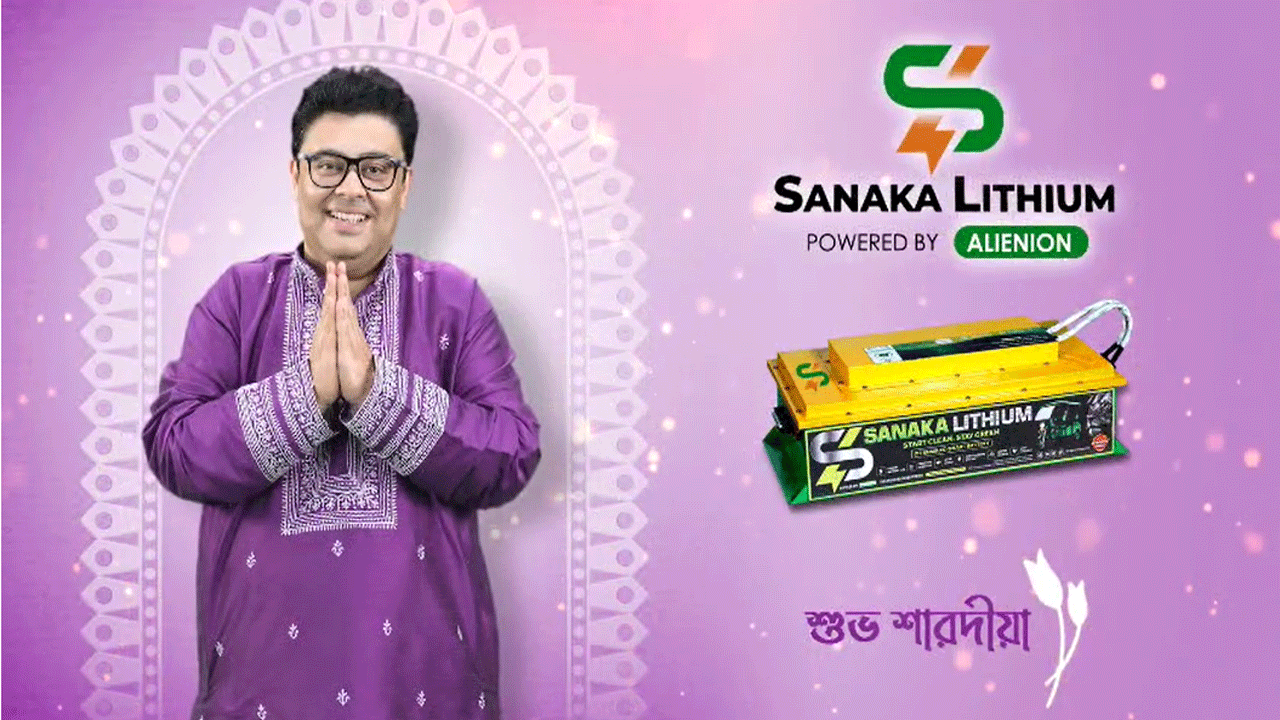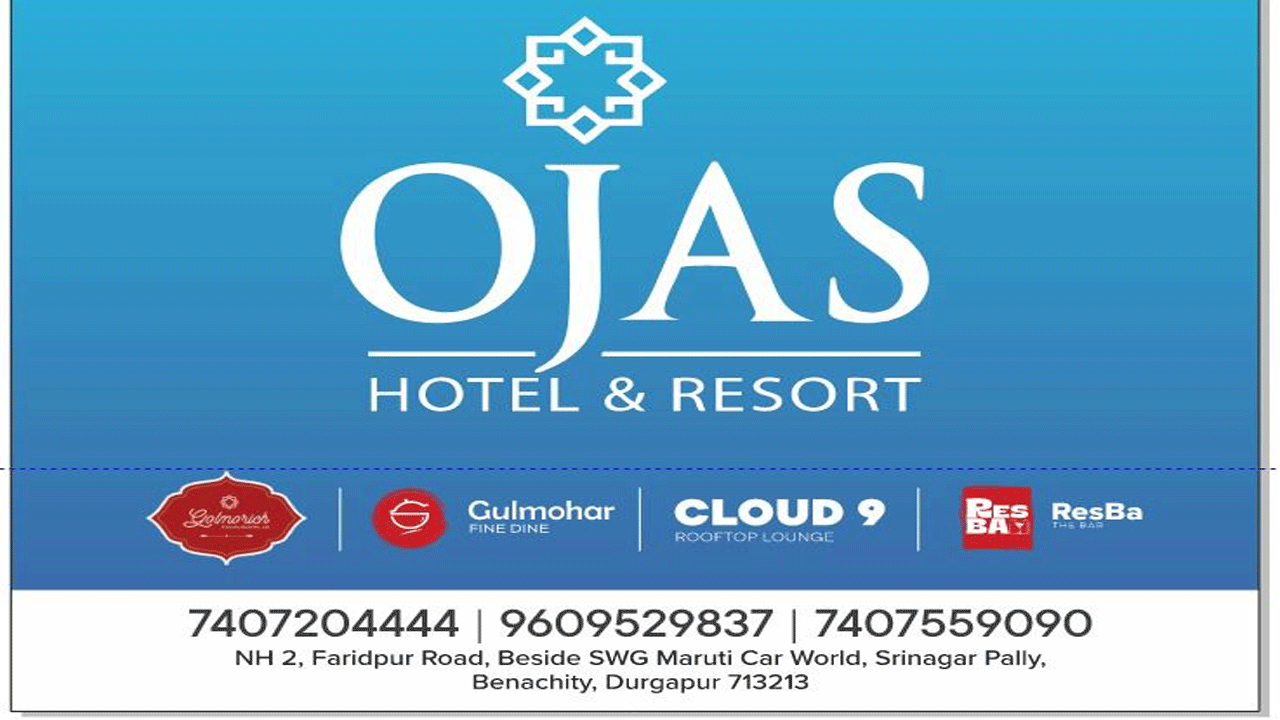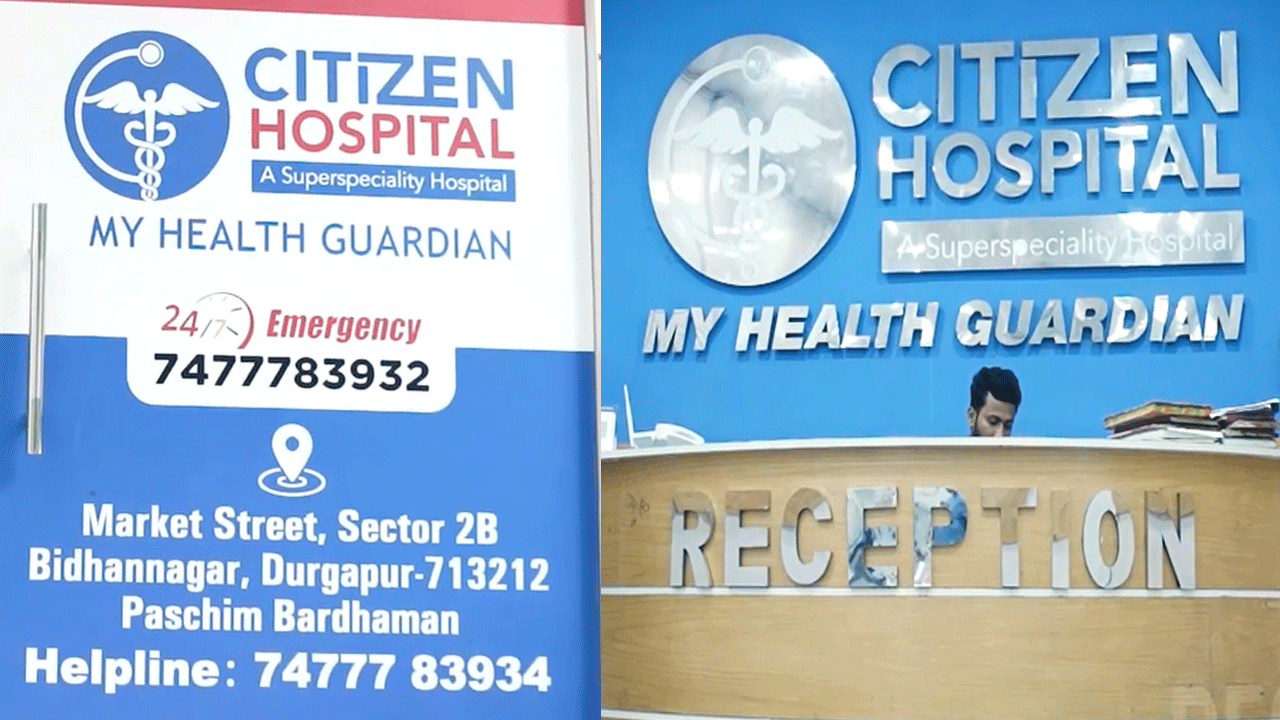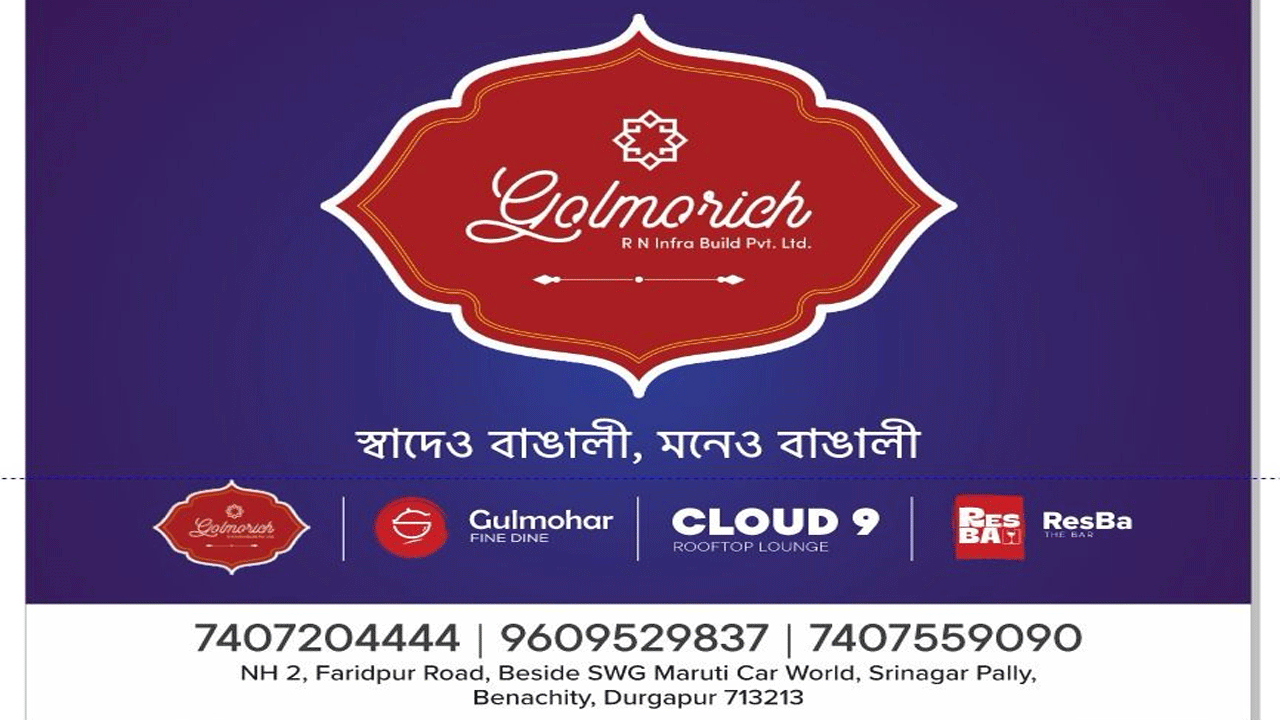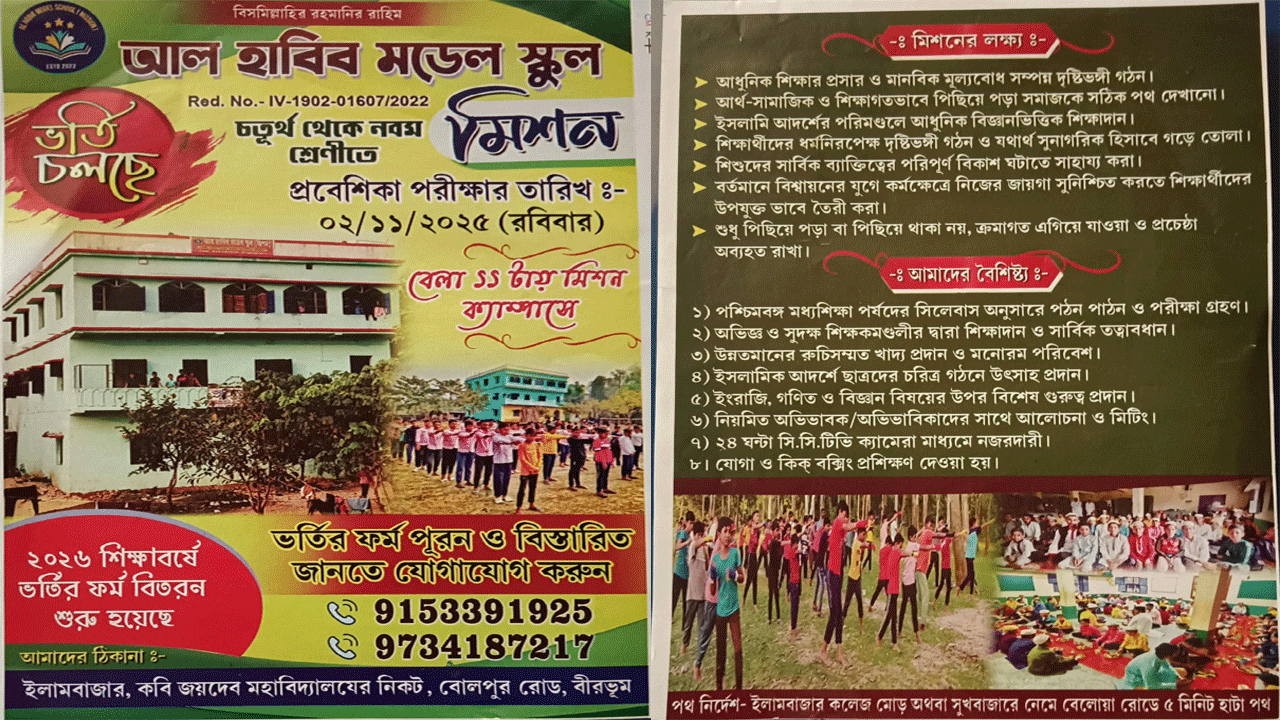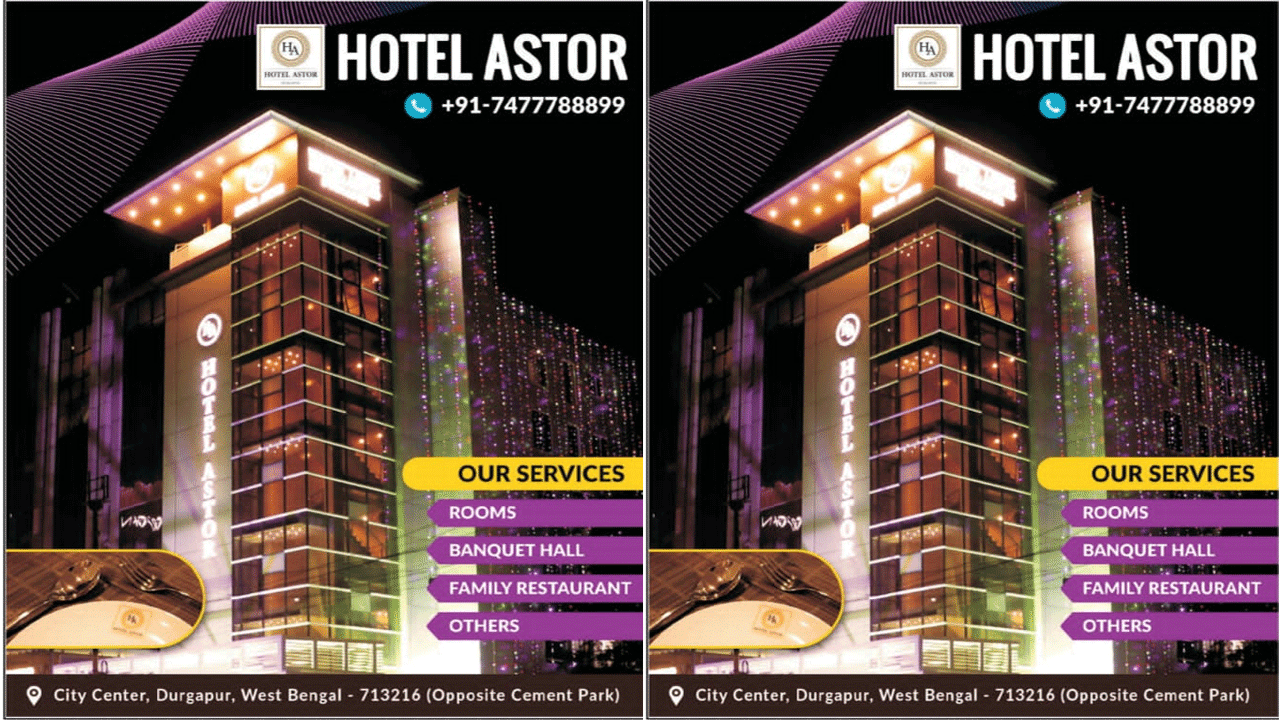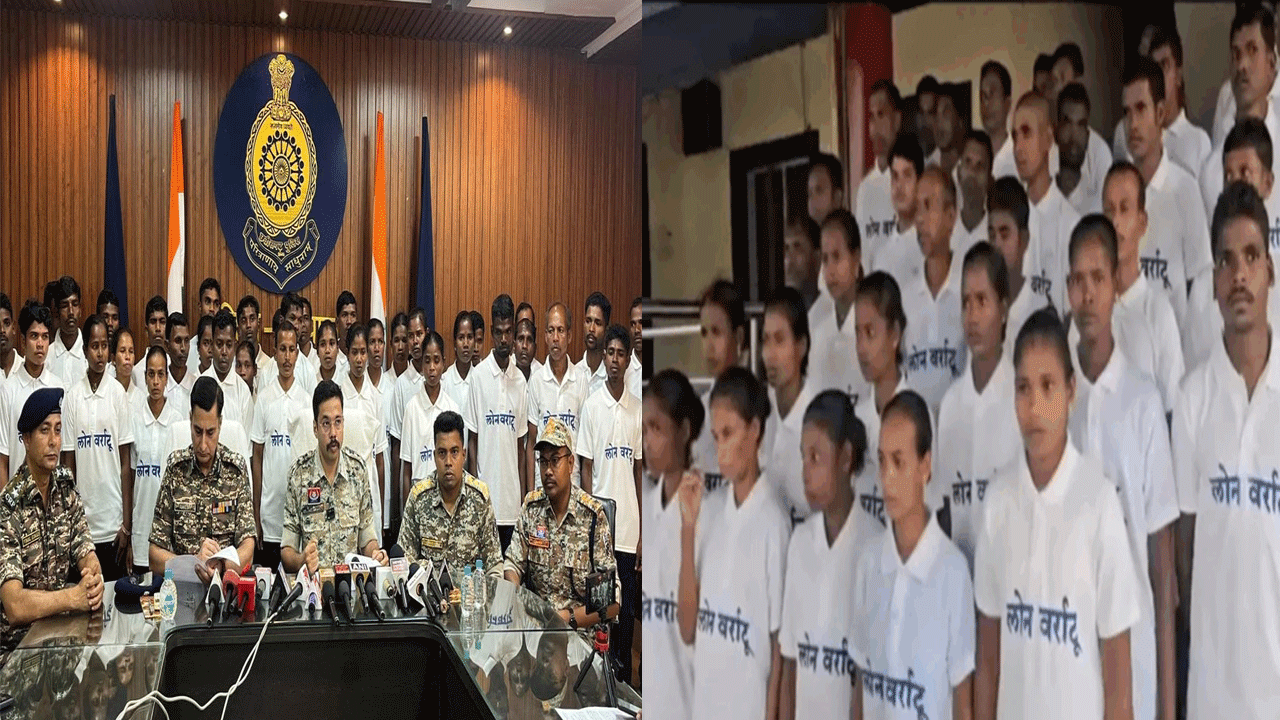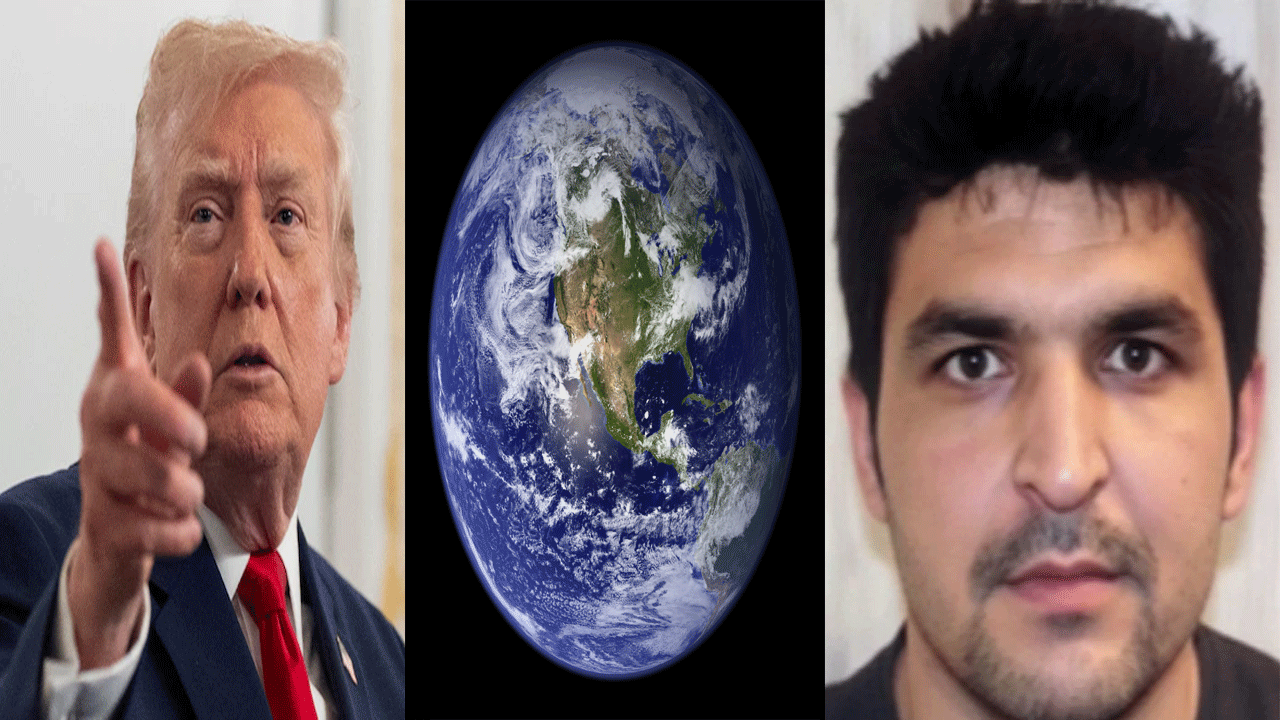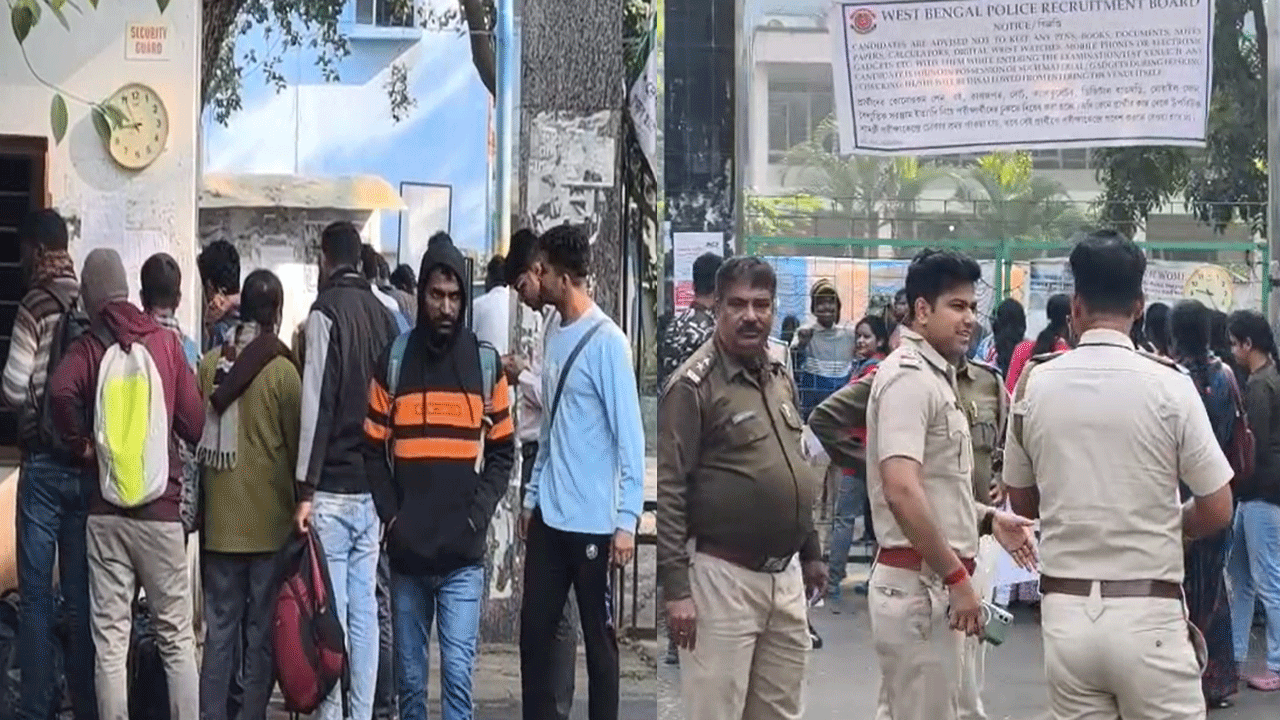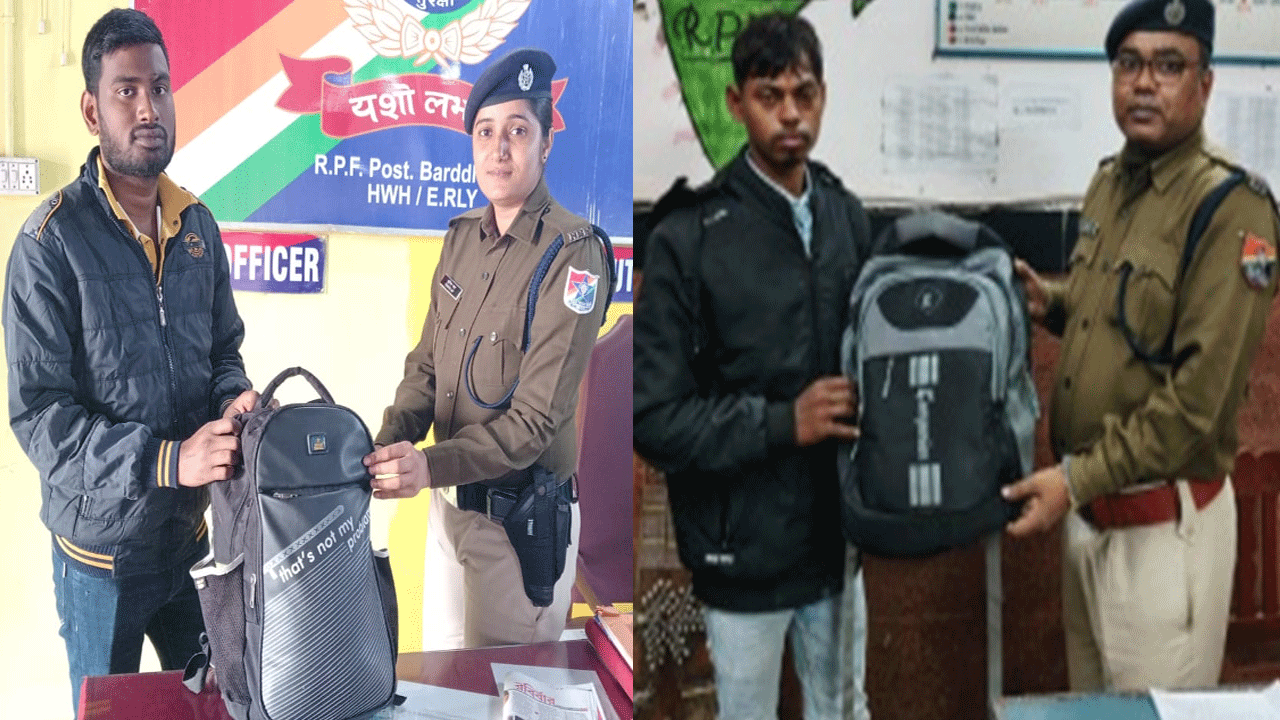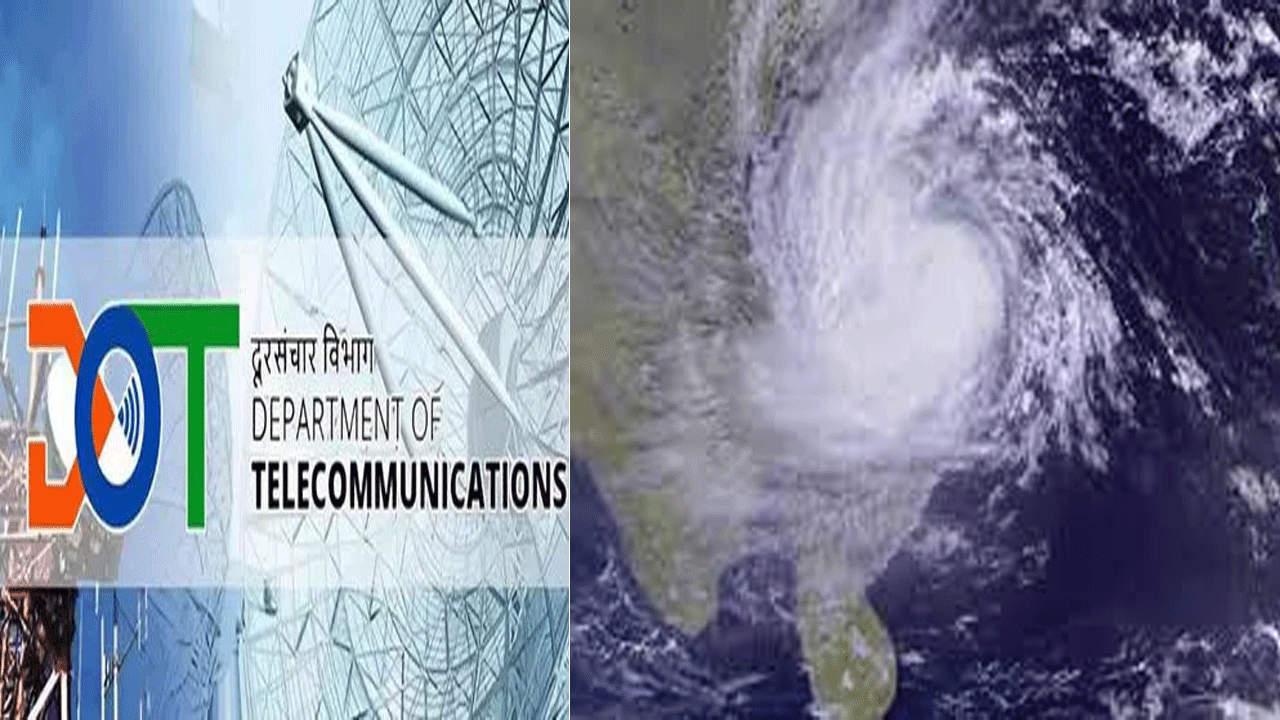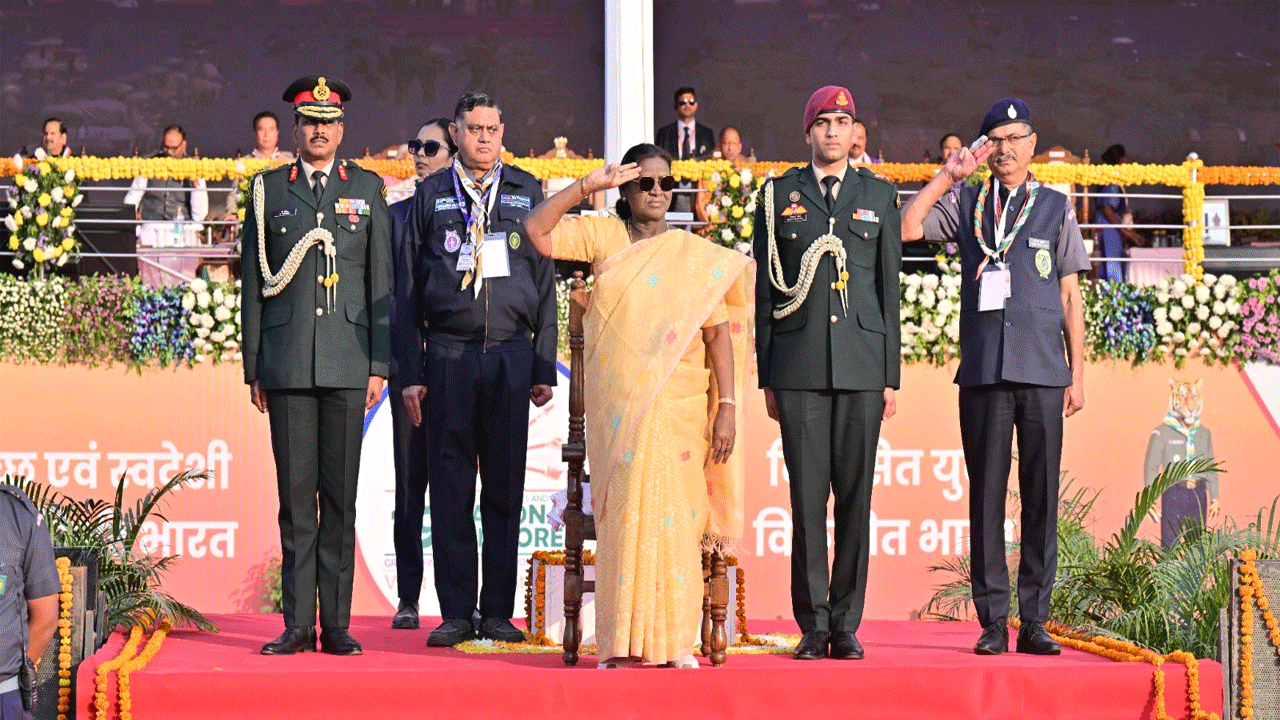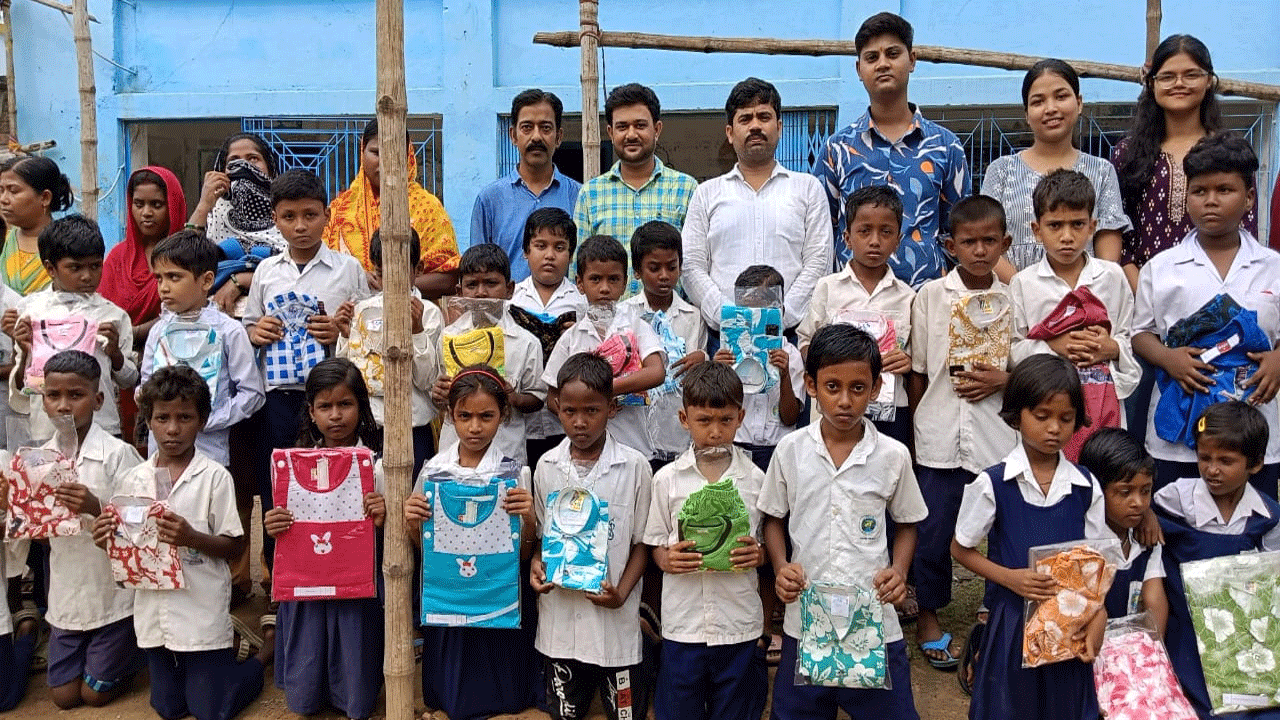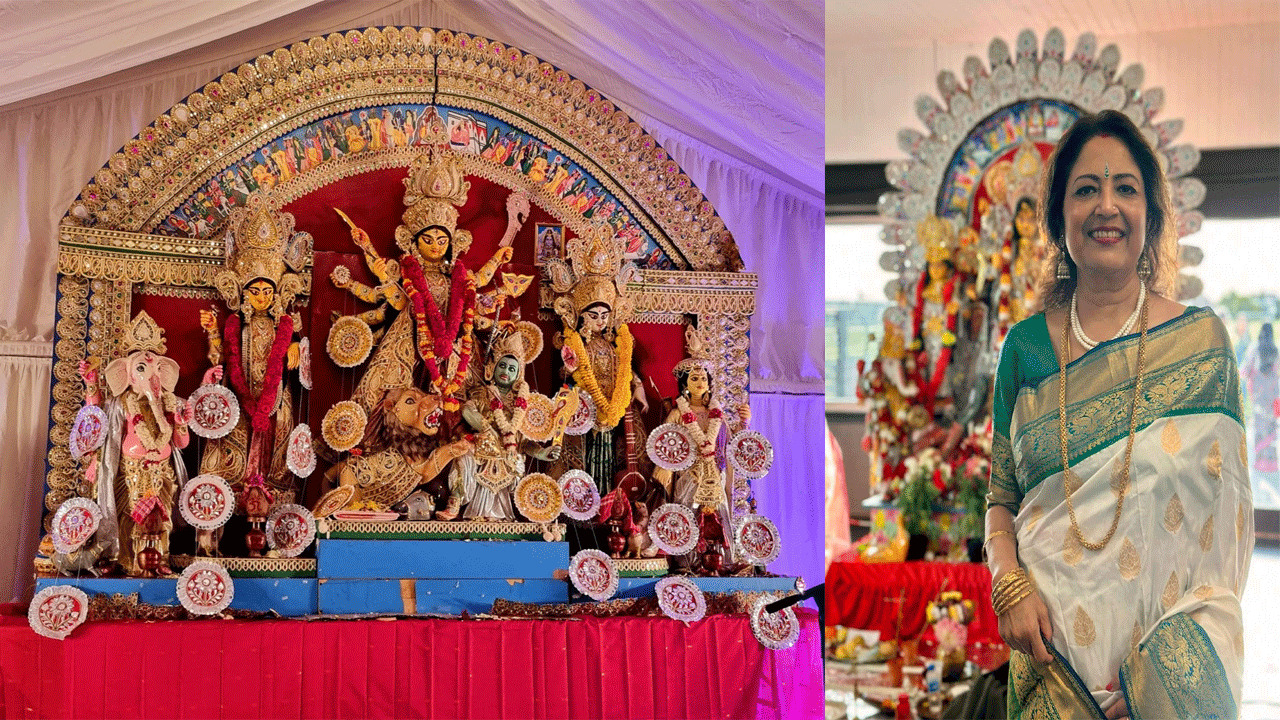
Devi Durga brings Kolkata to London
Autumn in Bengal is synonymous with Durga Puja. The streets of Kolkata fill with the fragrance of new clothes, the smoke of incense, and the pulsating rhythm of the dhaak. But that festive spirit is no longer confined to Bengal alone. Thousands of miles away, in the heart of London city, the same joy is recreated with equal passion. Among the many pujas that the city hosts, one shines with a unique legacy — the Durga Puja of the Bengali Cultural & Social Club, fondly known as the “Doctors’ Puja.”
The story began in the year 2000. A group of eight doctors — healers by profession, but deeply connected to their cultural roots — sat together and asked a simple question: “Why not build our own Durga Puja here in London?” They longed to recreate what they had left behind: the lights and colours of Kolkata, the smoke of Dhunuchi, the sound of Mantras, and above all, the joy of coming together as one community.
From that bold dream was born a Puja that today, 26 years later, has become one of London’s most cherished celebrations. More than just a festival, it has grown into a sanctuary where Bengalis across the UK find a connection to their roots, where memories of home are revived, and where new generations learn what it means to belong.
In the early years, Dr. Arun Sarkar took on the role of Secretary. Despite his demanding medical career, he devoted himself to every detail — from decorating the pandal to organising the bhog. Slowly, step by step, the Puja grew. Today, it stands as one of London’s most popular Durga Pujas, drawing thousands of devotees and visitors each year.
The current President, Chitta Choudhury, speaks with pride: “Our Puja is not just about worshipping the Goddess; it is about the strength of togetherness. In our community, some of us are doctors, some are teachers, some are businessmen — but Durga Puja binds us all as one family.”
What makes this Puja stand out is the way it blends authenticity with warmth. Every year, the mandap is designed to carry the essence of Kolkata. Pushpanjali, Sindoor Khela, dhunuchi dance, music, and food — all come together to transport people across oceans, back to their homeland. The sound of the dhaak fills the London air, the aroma of khichuri and labra wafts from the bhog kitchen, and for a moment, everyone forgets they are far from home.
Importantly, this Puja has never been limited to the Bengali community alone. People from across the Indian subcontinent join in, and many Londoners of British origin also participate, fascinated by the colour, the rituals, and the inclusiveness. It has grown into a multicultural celebration, proving that Durga Puja can transcend boundaries and bring people together.
In 26 years, what began as a modest initiative by eight doctors has matured into a proud tradition. It is not only a festival but also a legacy — one that tells stories of roots, resilience, and belonging. It teaches the younger generation about their heritage while reminding the older generation that home is never too far away.
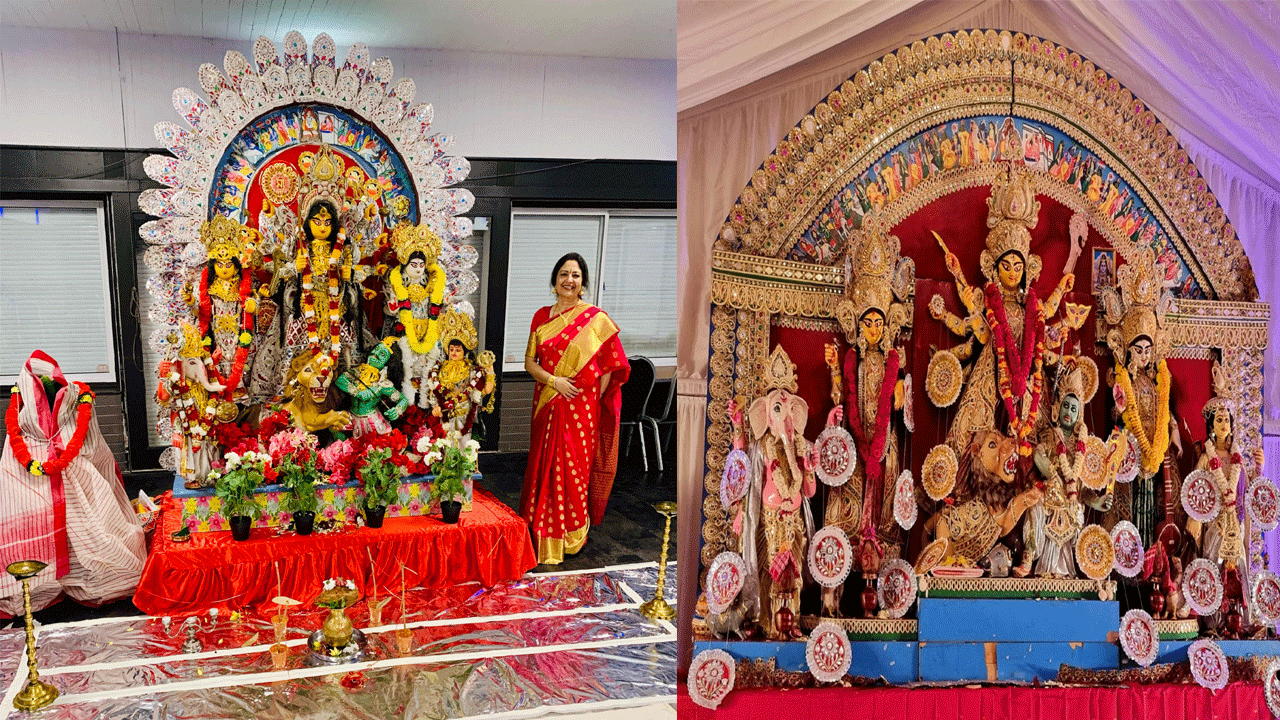
On London soil, this Puja is more than a religious gathering. It is an emotion, an identity, and an inheritance that continues to inspire.
But, how UK pujas take off during the Bangali festivities?
It begins with tea. The clink of cups, the steam rising from cha, the hum of adda — conversations that drift from politics to poetry, from fashion to family feuds. In Bengal, adda is a lifeline. This autumn in Slough, it becomes the theme of Durga Puja.
At the Slough Cricket Club, September 25 to 28, the pandal transforms into a little slice of Kolkata’s Maddox Square. Rangoli-inspired walls bloom under England’s pale autumn light. And when Lagnajita Chakraborty takes the stage, her voice—known from 'Basanta Ese Geche' and 'Bhalobasi Bolbo Na' —pulls the crowd back home. Even oceans away, Puja is a bridge.
In Cambridge, the mood turns reflective. The Indian Cultural Society, marking its 24th year, has chosen a theme that reaches beyond faith—migration. At a time when Britain fiercely debates immigration, this Puja celebrates unity in diversity. Inside Netherhall School, where the idol arrives carefully shipped from Kumartuli, Shasthi to Dashami unfolds with care. Committee President Barnali Ghosh still insists on decorating the pandal herself. “We want the next generation to stay rooted, even when abroad,” she says. Children dash through cultural competitions, mothers stir steaming bhog, poets recite lines of longing and belonging.
A little further west, the Bhattacharya Bari Puja in Camborne holds a more intimate charm. Born during the lonely Covid years, it remains a family festival at heart. Srabana Bhattacharya ensures every ritual is exact, every lamp lit with care.
If Slough is adda and Cambridge is reflection, Camden is pure spectacle. Since 1963, the Mittal family’s Puja at Swiss Cottage Library has remained as London’s jewel. For 62 years, Dhaks continues to echo through its halls, misting eyes with memories of mornings back in Bengal. This year, the theme is eternal: “Mother.” Uma’s return is celebrated with grandeur —Donna Ganguly dancing to conventional Mahishasuramardini, women in red sarees, boys in crisp dhotis, and an idol flown in from Kumartuli. Amid conch shells, dhunuchi dances, and the sweet chaos of Momo stalls jostling with rasogolla counters, London becomes Kolkata for these five magical days.
“To us, this is more than ritual,” says Dr. Anand Gupta, committee president. “With the blessings of Mother, the best of Bengal binds us together. Future generations will carry it forward.”
Further north, Edinburgh shimmers in autumn light as SABASH, founded by the practicing Bengali IT professionals in 2014, hosts its 12th Sharodotsav this year. What began as a community gathering has become a city-wide festival. Scots, locals, and international visitors join hands their for pushpanjali, dhak beats, and ofcouse Sindoor Khela.
“Edinburgh’s Durgotsav isn’t just ours anymore,” the committee president smiles. “It belongs to the whole city.”
From Slough’s tea-fuelled adda to Cambridge’s quiet reflection, from Camden’s grandeur to Edinburgh’s joyous unity, Durga Puja in Britain is more than worship. It is memory, migration, and resilience. Every beat of the dhak, every swirl of dhunuchi smoke, every shared plate of Bhog whispers the same truth - Kolkata lives here too.
